Potted Baby’s Breath – Can You Grow Baby’s Breath In A Container
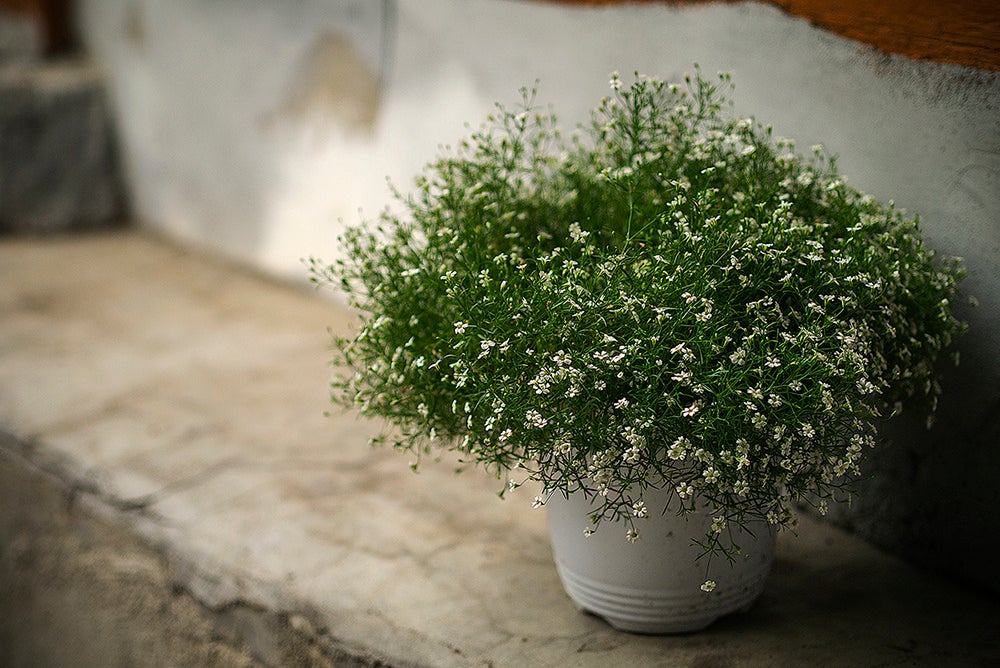

Baby’s breath is a beautiful, small-flowered type plant, often growing as an annual in summer flower beds. A favorite for bridal bouquets and fresh flower arrangements, you can grow Gypsophila to complement your flower beds too – and they even look lovely popping out from container plantings. Bursts of small blooms sometimes appear as a cloud of color in pinks or white.
Container Grown Baby’s Breath Plants
Have you tried growing Gypsophila in your garden without success? This is a possible issue if you planted into clay soil, as the tiny seeds of this plant cannot overcome and break through the heavy clay. Even amended soil only containing partial clay may be too heavy for these seeds. Of course, the solution is growing baby’s breath in a container. Gypsophila planted in the ground can become invasive in some areas, another good reason to grow this elegant plant in a container.
Start Gypsophila in a pot using a light, well-draining soil mixture. If you grow succulents, you may already be familiar with how to amend the soil. For baby’s breath seeds, amend your regular potting mixture with coarse sand, such as builder’s sand (about one-third). You may also add perlite, vermiculite, or pumice if you have it on hand. This plant will grow in poor soil conditions as well, provided it’s not heavy. Seeds need air circulation for spouting.
Sprinkle tiny seeds across the top and cover with a thin layer of sand. Mist or lightly water in, not moving the seeds. Keep the soil around them moist, but not too wet. In about 10 to 15 days, your potted baby’s breath will sprout. Keep the seedlings in a filtered sun location with mostly shade.
Potted Baby’s Breath Care
Locate your container outside when temperatures are above frost levels. Container grown baby’s breath looks great in a shady rock garden with other blooms and foliage or underneath rose bushes that provide shade to their soil.
Single stems of baby’s breath in a container branch out and bloom. Remove them when spent for more flowers to grow. Add flowering branches to your indoor arrangements.
Mature plants are somewhat drought tolerant but can benefit from an occasional light watering. This plant is also deer tolerant.
Gardening tips, videos, info and more delivered right to your inbox!
Sign up for the Gardening Know How newsletter today and receive a free copy of our e-book "How to Grow Delicious Tomatoes".

Becca Badgett was a regular contributor to Gardening Know How for ten years. Co-author of the book How to Grow an EMERGENCY Garden, Becca specializes in succulent and cactus gardening.
-
 7 New & Improved Cultivars Of Old-Fashioned Plants – These Aren’t Your Grandma’s Plants!
7 New & Improved Cultivars Of Old-Fashioned Plants – These Aren’t Your Grandma’s Plants!Old is new again! These old-fashioned plants have new cultivars that are sure to thrive in your garden and bring the charm factor. Neighbors will be envious!
By Mary Ellen Ellis
-
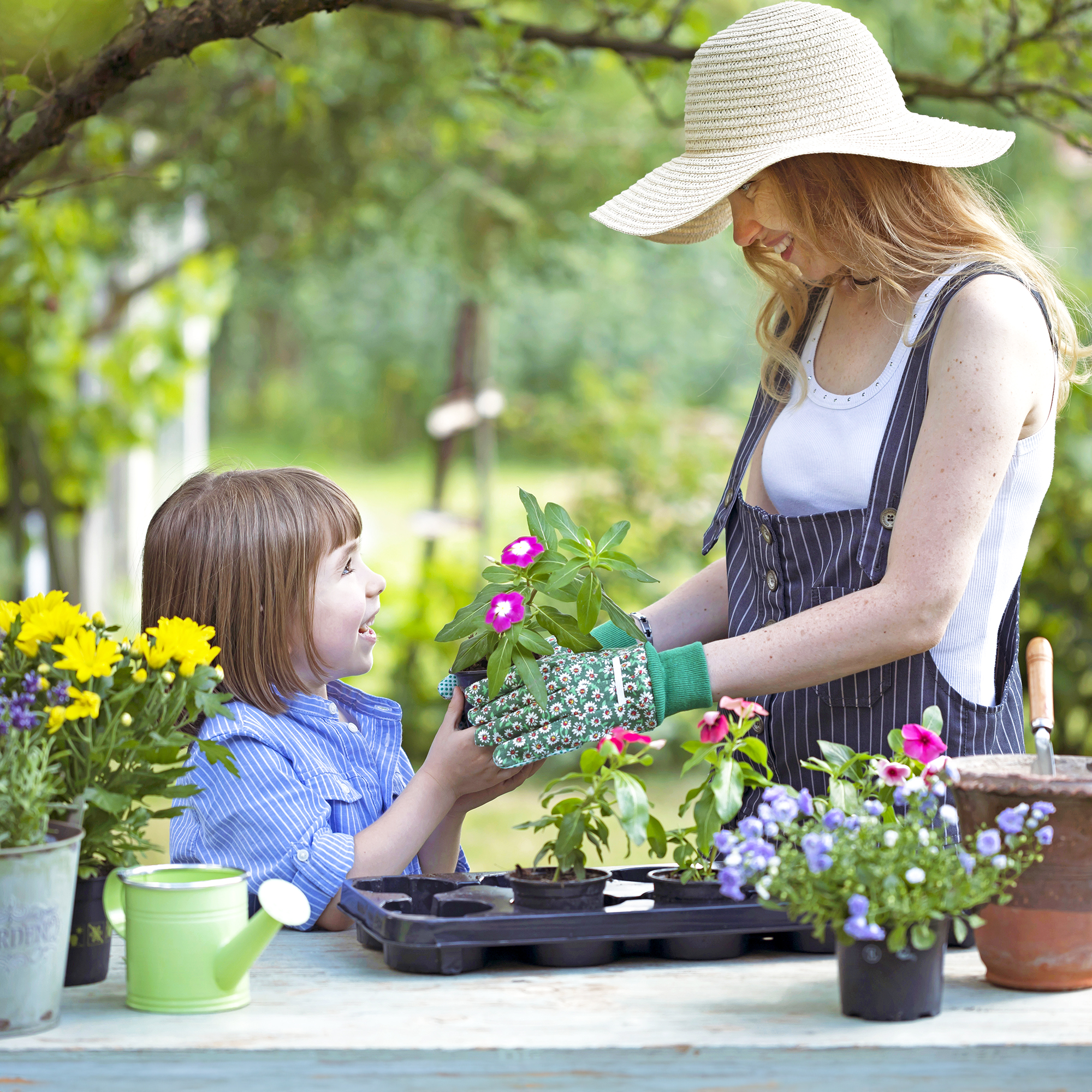 12 Mother’s Day Garden Gifts That Celebrate Moms Who Love To Grow
12 Mother’s Day Garden Gifts That Celebrate Moms Who Love To GrowAll Moms deserve to feel special on Mother’s Day, so treat her to a thoughtful gardening gift that helps her get the most out of her hobby.
By Melanie Griffiths
-
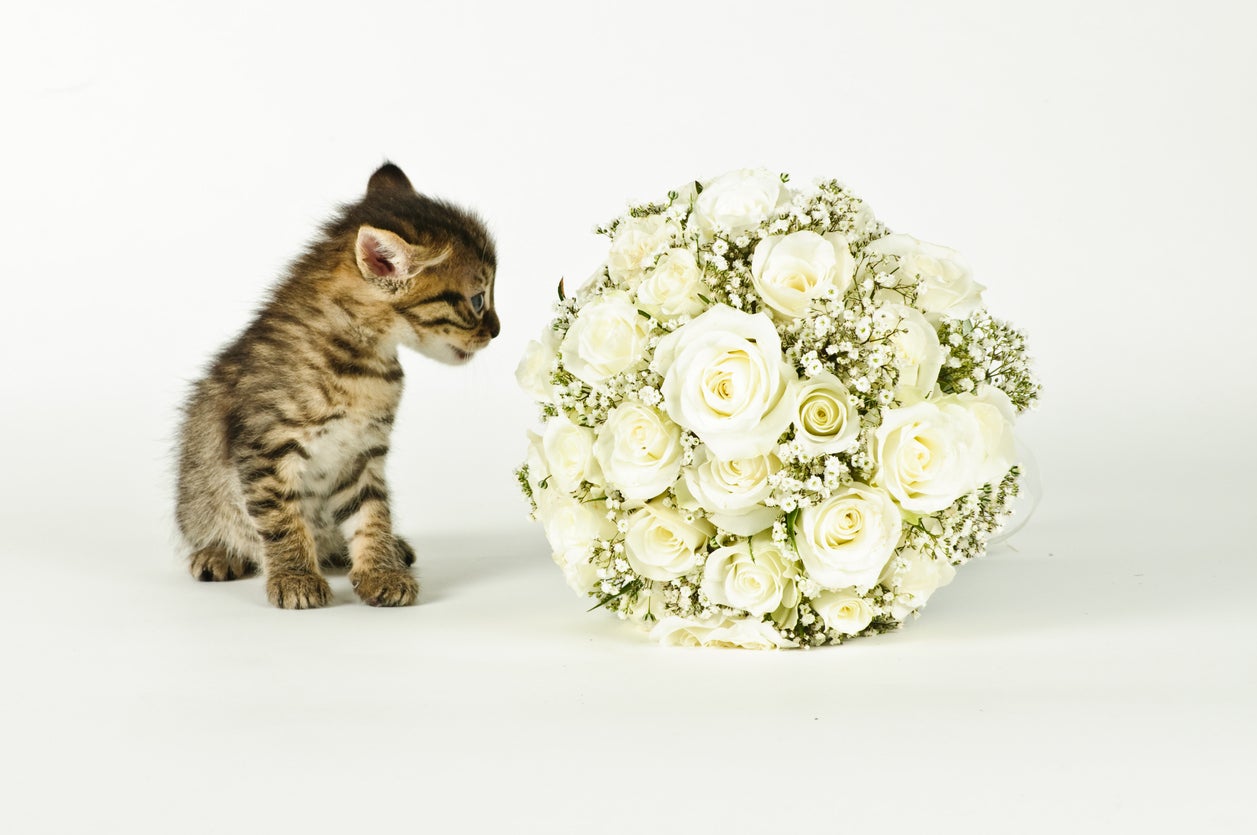 Is Baby’s Breath Bad For Cats: Information About Gypsophila Poisoning In Cats
Is Baby’s Breath Bad For Cats: Information About Gypsophila Poisoning In CatsIf you are the lucky recipient of a bouquet and have a cat, your feline friend may harbor a particular fascination with the baby’s breath. After all, plants are fun for cats, which beckons the question: is baby’s breath bad for cats? Click this article to learn more.
By Amy Grant
-
 Growing Baby’s Breath From Cuttings: How To Root Gypsophila Cuttings
Growing Baby’s Breath From Cuttings: How To Root Gypsophila CuttingsBaby’s breath is the star of the cutting garden, providing delicate little blooms that dress up floral arrangements, (and your garden). If you have access to a mature baby’s breath plant, growing cuttings from baby’s breath is easy. Learn more in this article.
By Mary H. Dyer
-
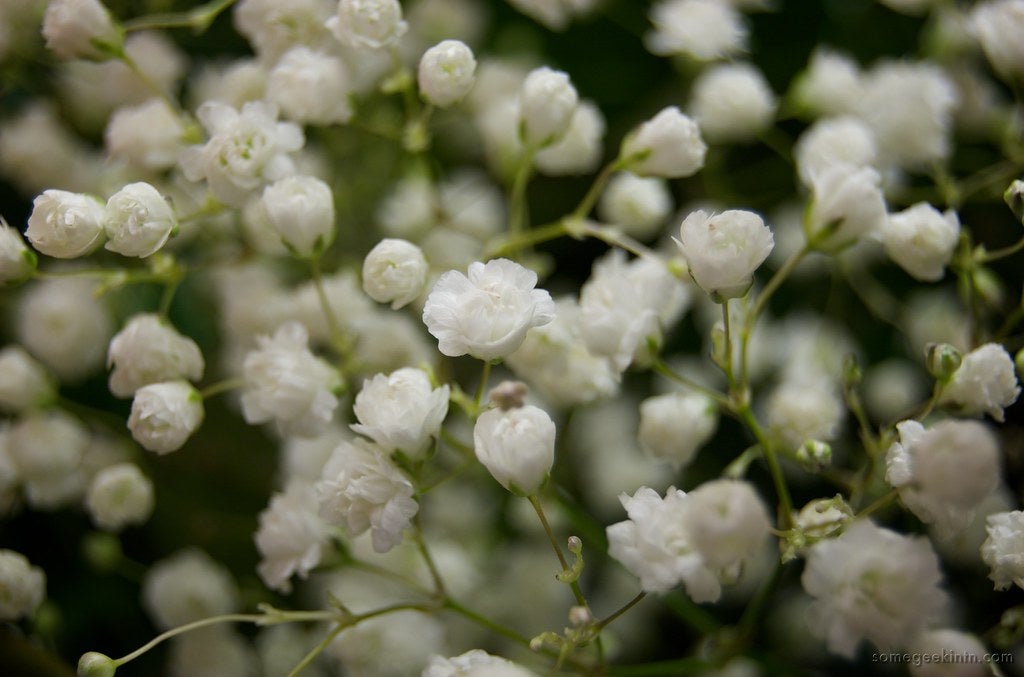 Sowing Baby’s Breath Seeds: Learn How To Plant Gypsophila Seeds
Sowing Baby’s Breath Seeds: Learn How To Plant Gypsophila SeedsGrowing baby's breath from seed will result in clouds of the delicate blooms within a year. This perennial plant is easy to grow and low maintenance. Click this article for more tips on how to plant Gypsophila, or baby's breath, from seed.
By Bonnie L. Grant
-
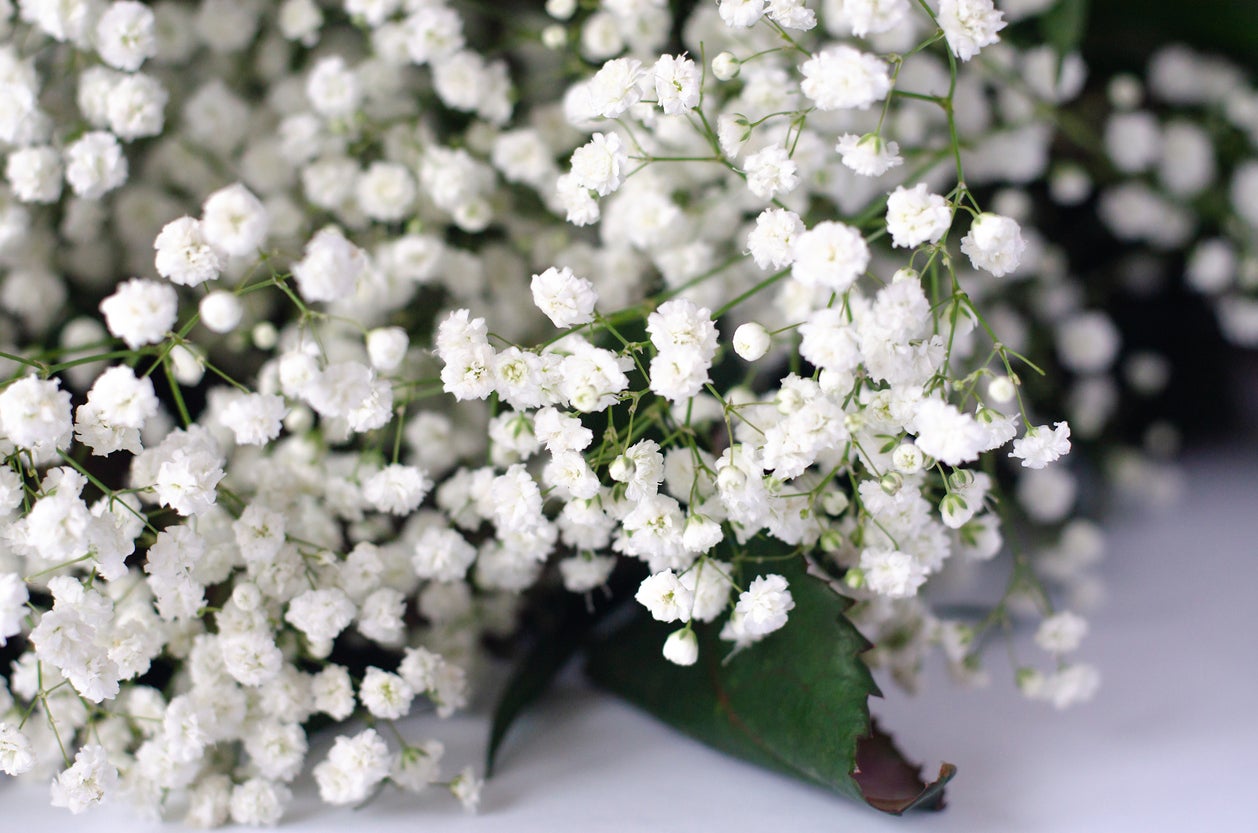 Baby’s Breath Winter Care: Information About Winterizing Baby’s Breath Plants
Baby’s Breath Winter Care: Information About Winterizing Baby’s Breath PlantsBaby’s breath is a staple of cut flower bouquets. You can grow these flowers in your garden with an annual or a perennial variety. Depending on the climate, you may need to take some extra steps to ensure survival over the winter. This article will help with that.
By Mary Ellen Ellis
-
 Baby’s Breath Issues – How To Deal With Common Gypsophila Problems
Baby’s Breath Issues – How To Deal With Common Gypsophila ProblemsBaby's breath is best known for adding a little magic to floral arrangements. If you are thinking of planting these flowers in your backyard, you will want to learn about common problems with baby’s breath plants. Click here for common Gypsophila problems.
By Teo Spengler
-
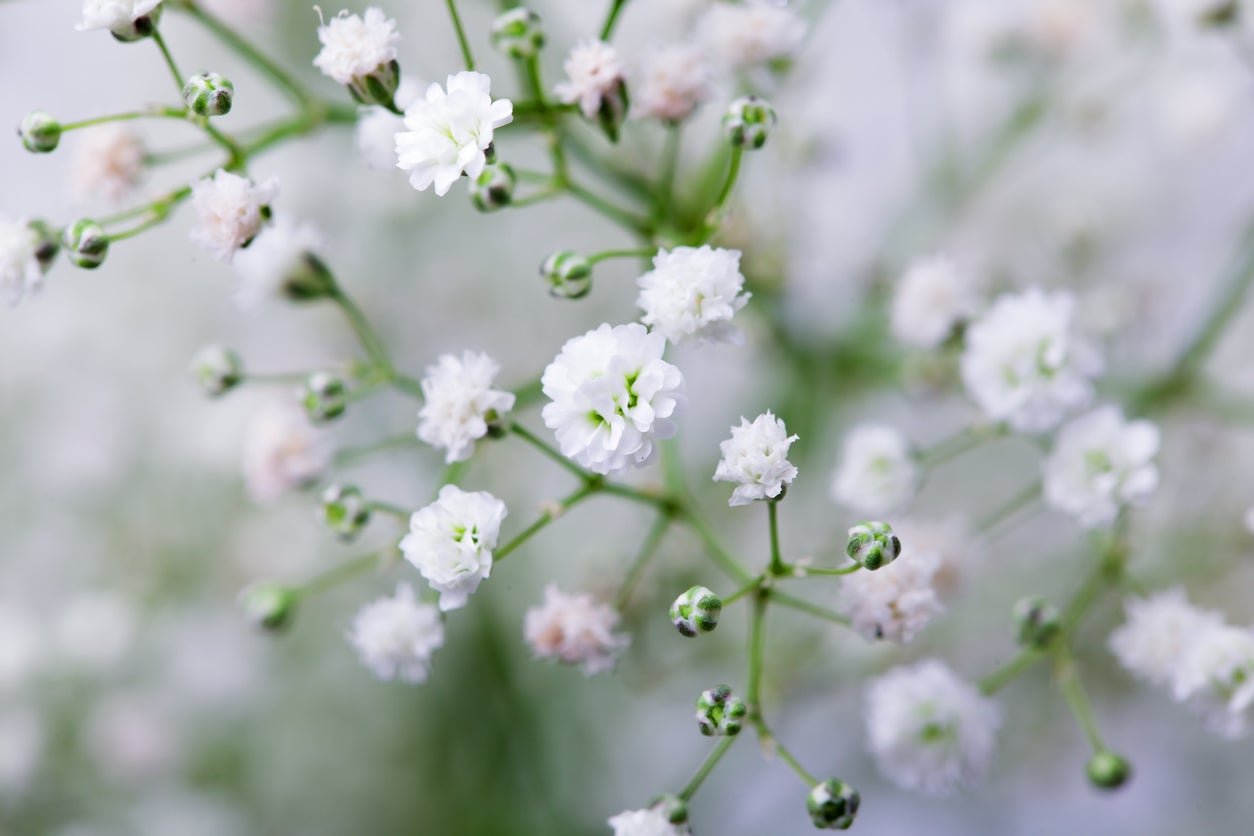 Baby’s Breath Varieties: Learn About Different Types Of Gypsophila Plants
Baby’s Breath Varieties: Learn About Different Types Of Gypsophila PlantsBaby’s breath flowers provide an airy look to floral arrangements but can also be just as pretty used in a border or rock garden. It is one of several types of Gypsophila. Click here to learn about different baby’s breath varieties for the garden.
By Mary H. Dyer
-
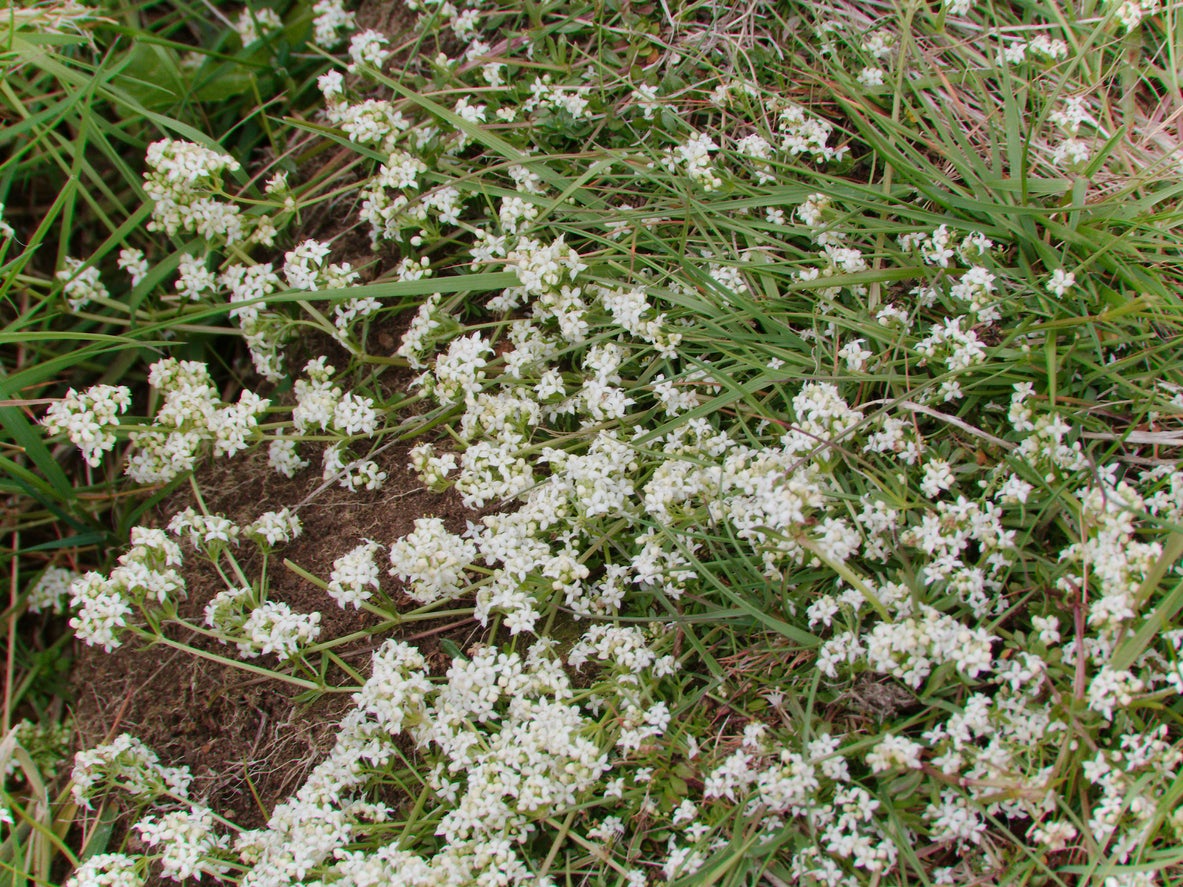 Trimming Baby’s Breath – Learn How To Prune Baby’s Breath Plants
Trimming Baby’s Breath – Learn How To Prune Baby’s Breath PlantsYou can grow baby’s breath as an annual or a perennial, depending on the variety chosen. Care is fairly easy, but a little Gypsophila pruning will help your plants grow healthier and bloom more. This article will help get you started with baby’s breath pruning.
By Mary Ellen Ellis
-
 Baby’s Breath Skin Irritation: Is Baby’s Breath Irritating When Handled
Baby’s Breath Skin Irritation: Is Baby’s Breath Irritating When HandledBaby’s breath is commonly found naturalized throughout much of the northern United States and Canada and often identified as an invasive weed. Despite the innocuous look of these sweet soft blooms, baby’s breath harbors a little secret. Learn more in this article.
By Amy Grant